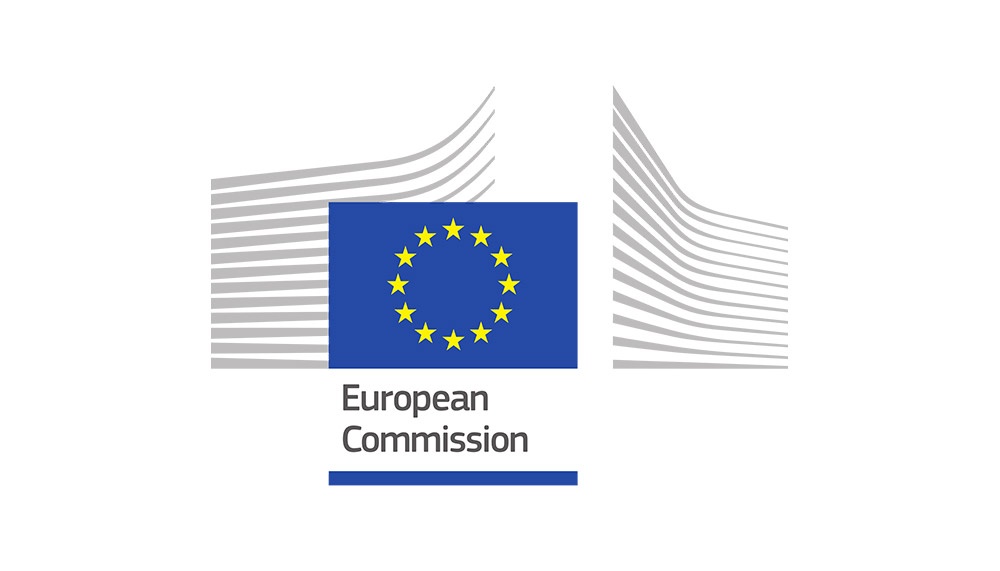The European Commission on 30 June 2020 published a non-confidential version of its 27 September 2019 decision to impose a fine of €880.5 million on Scania for illegal cartel activity (the “Scania Decision”). The Scania Decision is a different decision from the European Commission decision imposing fines on the other OEMs (DAF, Daimler/Mercedes, Iveco, MAN, and Renault/Volvo) because Scania, unlike the other OEMs, chose not to settle the case with the European Commission.
There are extensive parts of the Scania Decision that remain confidential (and therefore cannot be seen) at the request of Scania and this includes a significant number of passages that the European Commission has not yet agreed that Scania has a right to keep confidential. The Scania Decision nevertheless provides further detail on the cartel in which Scania participated with the other OEMs.
The Scania Decision confirms that Scania was involved in a cartel in which the cartel members:
(a) agreed and/or coordinated on intended changes of gross prices and gross price lists, as well as the respective timing of such changes;
(b) coordinated on the timing and the passing on of costs for the introduction of emission technologies for medium and heavy trucks required by EURO 3 to 6 standards; and
(c) shared other commercially sensitive information such as delivery periods, order intake, stock figures, current net prices, gross price lists (even before they entered into force) and truck configurators.
The cartel covered the entire European Economic Area and lasted from 17 January 1997 until 18 January 2011.
There were a considerable number of contacts among competitors throughout the cartel period both in terms of face-to-face meetings and other contacts. Unlawful competitor meetings included the following: a 17 January 1997 meeting in Brussels; a 30 June 1997 meeting in Paris; a 21 November 1997 bilateral meeting held in an undisclosed location; a 6 February 1998 meeting held in an undisclosed location; 6 April 1998 meetings held in Brussels; a 3 July 1998 meeting in Brussels; a 3 September 1998 meeting in Hannover; a 24 January 1999 meeting in Brussels; a 3 February 2000 meeting at an undisclosed location; a 6 September 2000 meeting at an undisclosed location; a 24 November 2000 meeting in Paris; a 16 January 2001 meeting in Brussels; a 2-3 April 2001 meeting in Spa (Belgium); a 26-27 June 2001 meeting in Stockholm; a 3-4 July 2001 meeting at an undisclosed location; a 29-30 November 2001 meeting at an undisclosed location; a 7 February 2002 meeting at an undisclosed location; a 27-28 June 2002 meeting at an undisclosed location; a 18 September 2002 meeting in Hannover; a 10-11 April 2003 meeting at an undisclosed location; a 15 October 2002 meeting at an undisclosed location; a 14 November 2003 meeting in Germany; a 20 January 2004 meeting at an undisclosed location; a 3-4 May 2004 meeting in Germany; a 23-24 September 2004 meeting in Hannover; a 3-4 February 2005 meeting in France; a 4-5 July 2005 meeting in Munich; a 12 September 2005 meeting at an undisclosed location; a 12 April 2006 meeting at an undisclosed location; a 25 August 2006 meeting at an undisclosed location; a 25 January 2007 meeting at an undisclosed location; a 27-28 September 2007 meeting at an undisclosed location; a 6-7 November 2007 meeting at an undisclosed location; a 12-13 March 2008 meeting in Koblenz; a 3-4 September 2008 meeting in Hannover; a telephone conference on 27 February 2009; and a 17-18 September 2009 meeting in Koblenz.
These were the main meetings during the cartel but there were numerous other contacts and sharing of information throughout the cartel period. Prior to the meetings, the OEMs would typically share their proposed price increases for the following period and the date on which price increases would be implemented. In addition, the participants would be asked to include planned gross price increase information in their presentations at the meetings.
The decision confirms that in the early years of the cartel (until September 2004) top management of the OEMs met at HQ level to discuss their pricing intentions, future gross price increases, and sometimes to agree their respective gross price increases. The top management meetings were aimed at discussing pricing information and coordinating their respective pricing behaviour. The meetings at the German subsidiary level started from August 2002 onwards. However, the German subsidiaries would report up the chain to HQ level.
The pricing information exchanged included gross prices not only for basic truck models but also for trucks and their available options (with options often indicated separately in the tables exchanged among the OEMs). As the Commission notes: “while price increases envisaged at headquarter level may not result in identical increases on the national level across the EEA, they form a common and fundamental component of the price calculations applicable in the different national distribution chains across Europe.” Moreover, specific percentage price increases were disclosed and discussed at meetings. For example:
- At the 6 September 2000 meeting, Scania said that it would increase prices by 2.5% from its January delivery. A note of the same meeting appears to say that Scania and other OEMs wanted to see the prices of another OEM increase.
- Another meeting talks about “planned price increases of 2% as of 1 July 2002” varying across countries.
- A note of a meeting on 5 April 2004 says: “According to our mutual information-exchange as agreed at our last competitors meeting I inform you that from 5/4/2004 all … prices are increased 3%.”
- One of the OEMs announced a 5% price increase in the context of EURO 4/5 introduction at a competitor meeting in France on 3 and 4 February 2005.
- On 2 December 2004, one OEM sent an email to Scania German division: “Price increases 2005: same as every year, the boss wants to know if and when you will increase prices next year. For this reason, please share this information with everyone in order to save time of individual requests.” Scania sent an update on 8 December 2004 saying “from March 2005 we will increase all our P, T and T series by 1.5%”.
- Scania sent an email to its competitors asking: “when do you deliver which engines (horse power) with EURO 4 and/or EURO 5 to your clients and at which gross price. As this is certainly interesting for all colleagues, I will collect the info and distribute it to everybody.”
- A spreadsheet entitled “Price increases competition 2006/xls” contained price information exchanged during a meeting of the cartel members on 12 September 2005. The spreadsheet contains specific price increase percentages from January 2006 seemingly according to OEM. The spreadsheet indicates whether the price increases are to apply to both list prices and extras. On 16 September 2005, this spreadsheet was sent by email with the message: “Attached the envisaged or decided price increases of the competitors.”
- A presentation given at a meeting on 12 April 2006 shows past and future price increases for the new EURO 4 and EURO 5 trucks.
- An agenda for meetings to be held at a trade fair between 21 to 28 September 2006 in Hannover shows that planned price increases for 2007 were to be discussed. Again, it appears that the OEMs indicated percentage price increases to each other.
- A meeting on 25 January 2007 included an agenda point: “- Situation Euro 5 for all models” and “– Price increases 2006/Price list”. The sort of detail discussed includes: “The price adjustment foresees an increase of 2% of the list prices for the vehicles and extras. The list price adjustment for the models … is applicable for all orders from 12 March 2007 onwards.”
- A PowerPoint presentation seemingly of one OEM given at a meeting on 27 and 28 September 2007 refers to price increases of 2.5-3.0% as of 1 November 2007. Scania gave presentations disclosing details and prices of new products, price increase (…3%) and delivery periods.
- On 28 January 2008, Scania Germany thanked another OEM for information on a new truck model and asked: “Can you tell me today something about the prices? Is there an increase planned for this vehicle??”
- At a cartel meeting at Scania’s Democenter in Koblenz on 17 and 18 September 2009, presentations were made showing future list price increases for 2010. One presentation reads: “Euro 6 (no slide) – if possible delay Euro 6 improvement price level (no slide) – price increase 2010 will come”.
- On 28 October 2009, an email among competitors says “We have information from Scania. Price increase of 3% planned for facelift to become effective on 1.1.2010”.
The Scania decision also makes clear that there was anti-competitive coordination in terms of when EURO 3-6 technologies would be introduced and how much they would cost truck operators. For example:
- Between 2003 and 2006 competitors had intense and regular contacts regarding their timing of the launch of trucks complying with those standards and passing on the costs of complying with such standards.
- The parties aimed at further reducing the remaining uncertainty in the market in order to decide with greater accuracy when to introduce new technologies leading to increased truck prices as well as when and how to increase gross prices applicable, for most of the producers, European wide.
- “Also by discussing the date of the introduction of the new environmental standards and the additional costs triggered by the new technology the [cartel members] obtained knowledge of the intended level of gross prices.”
The Scania Decision therefore confirms the numerous meetings and contacts between the OEMs during the period of the cartel and that extensive pricing and other competitively sensitive information was routinely shared among the OEMs. The Scania Decision also makes clear that the cartel will likely have increased truck prices ultimately paid by truck operators in the UK and other countries throughout the EEA.
Download a copy of the document: Summary of non-confidential version of European Commission's decision against Scania




